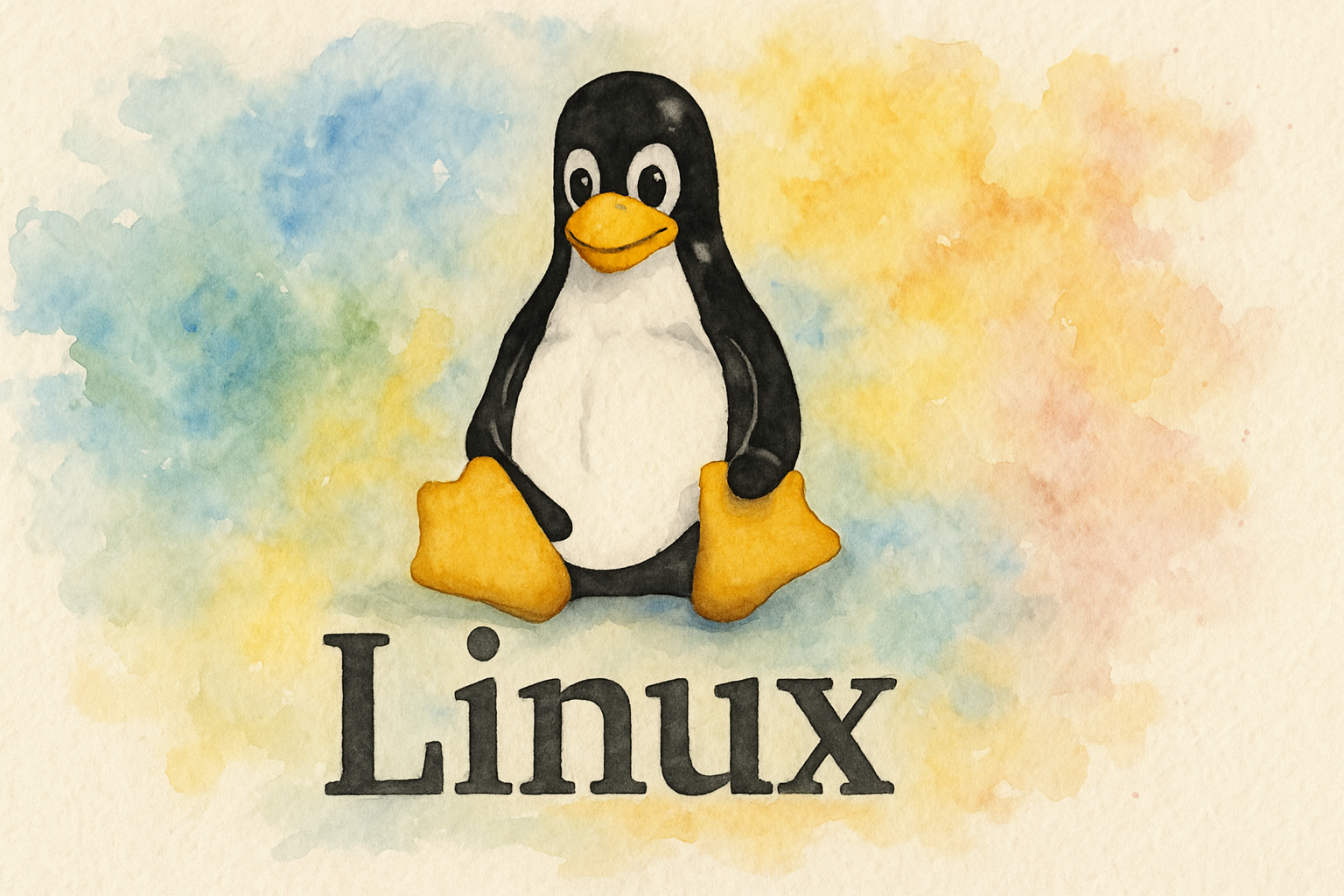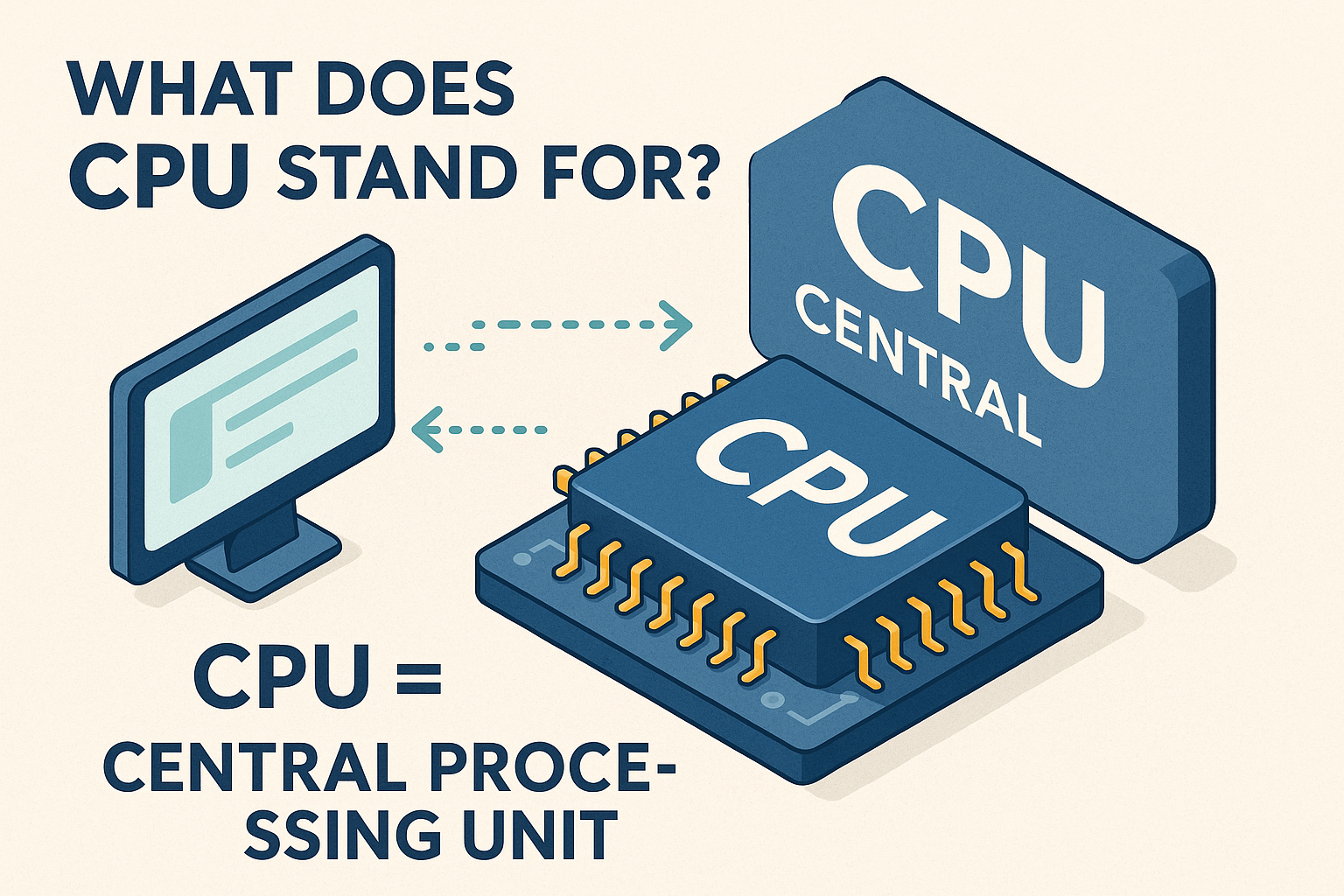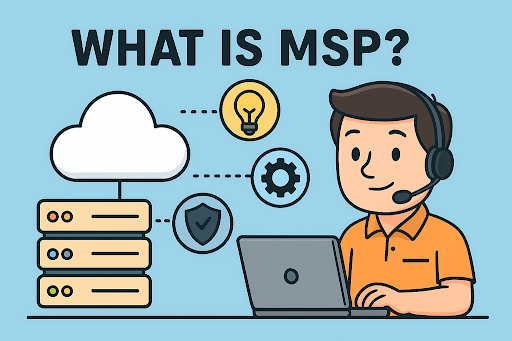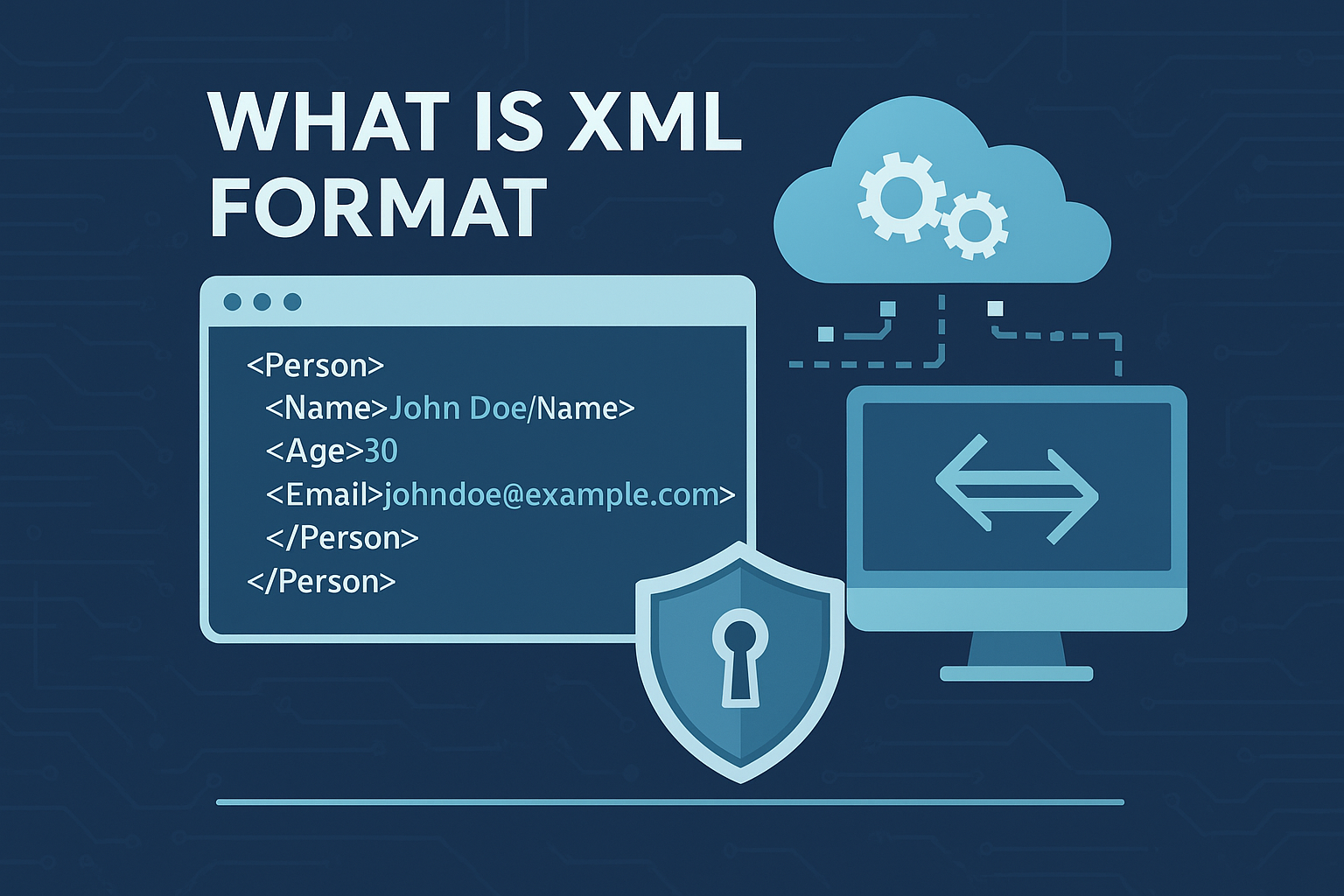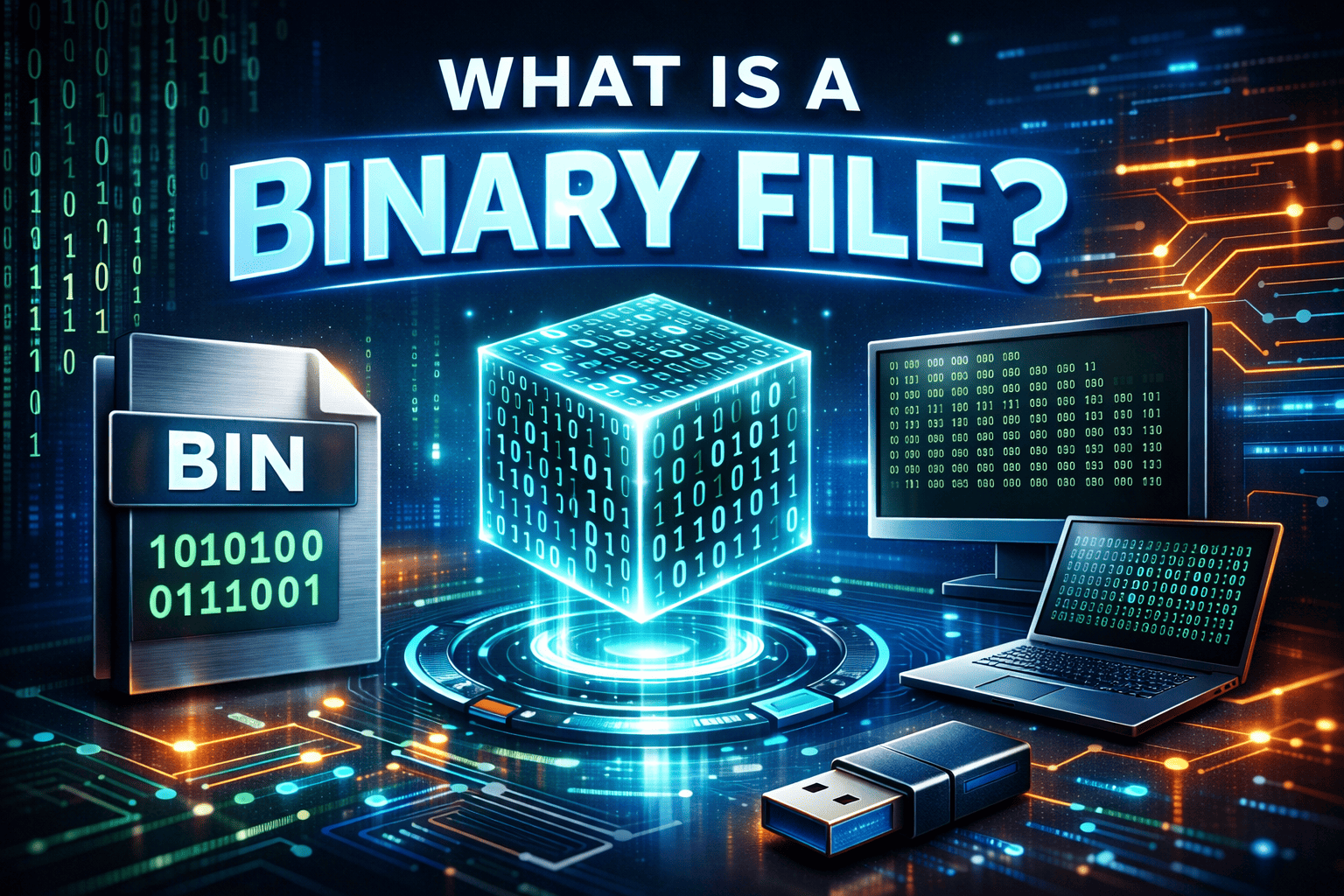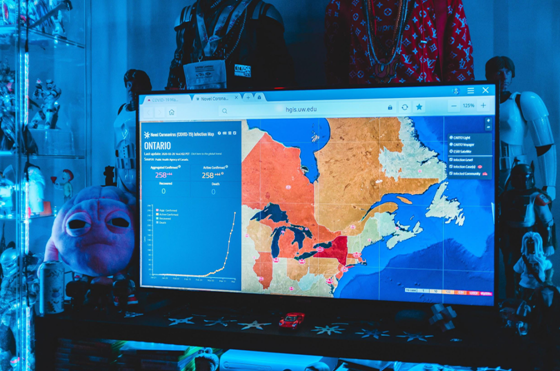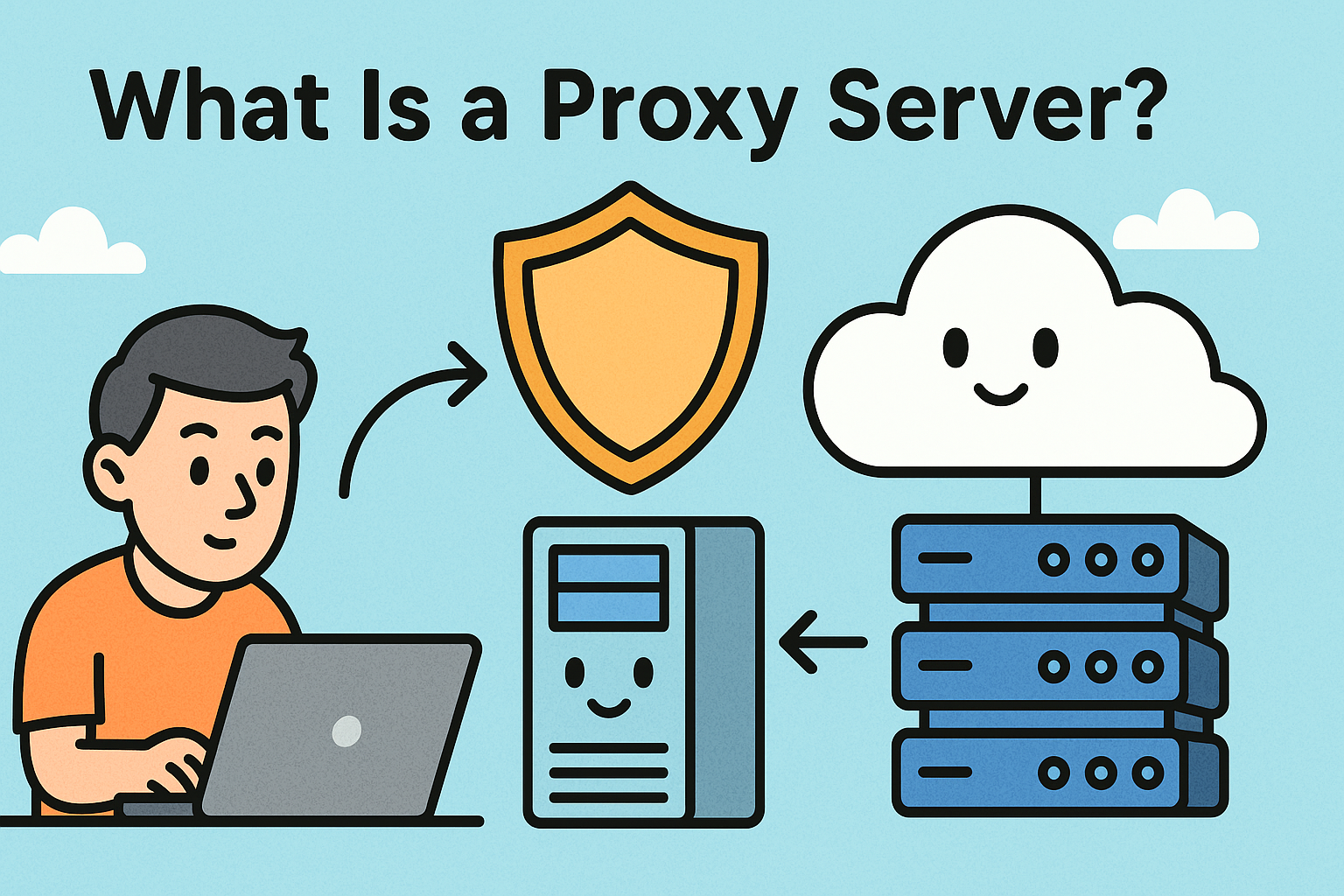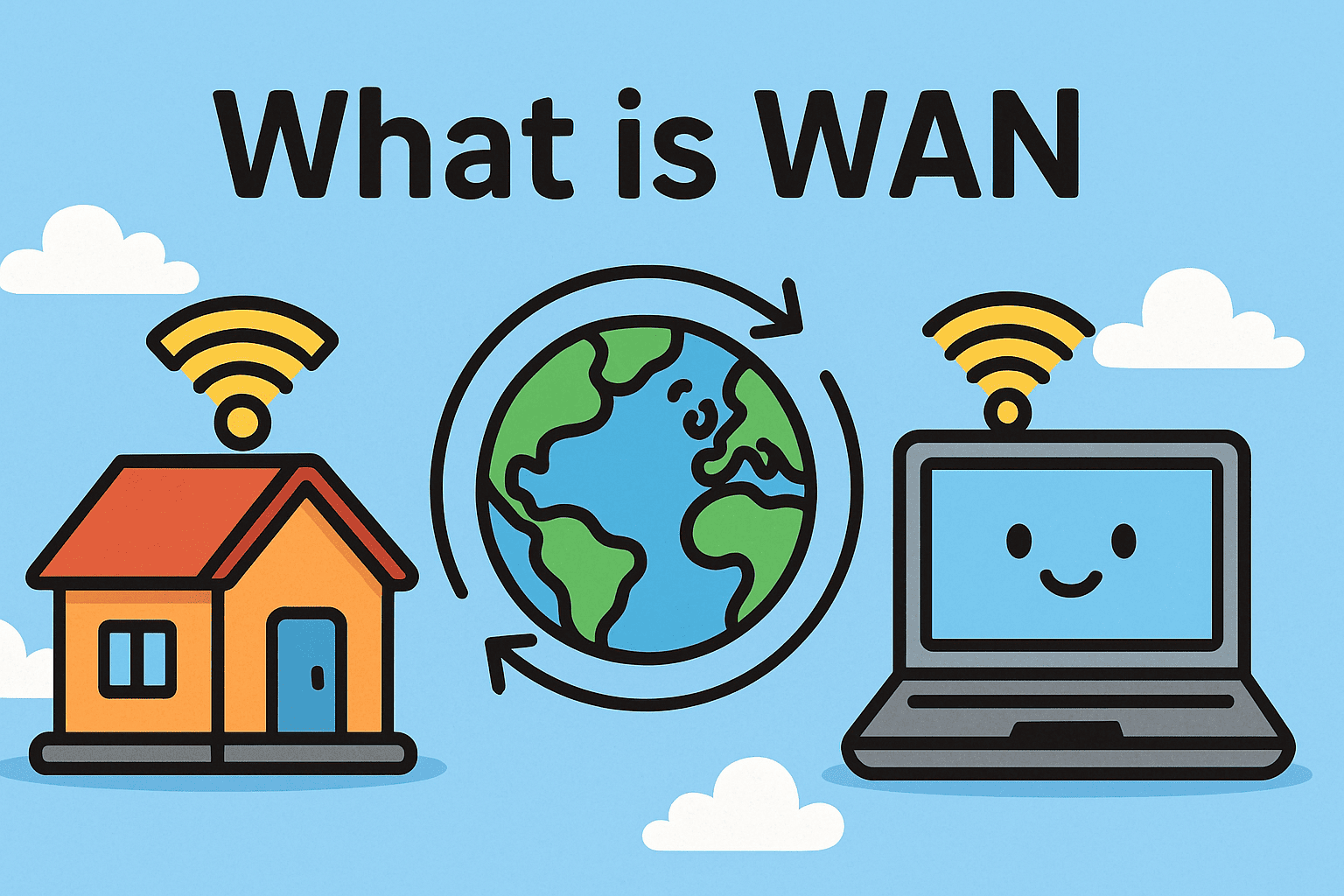What Is Artificial Intelligence and How Does It Work?
Updated on July 1, 2025, by Xcitium
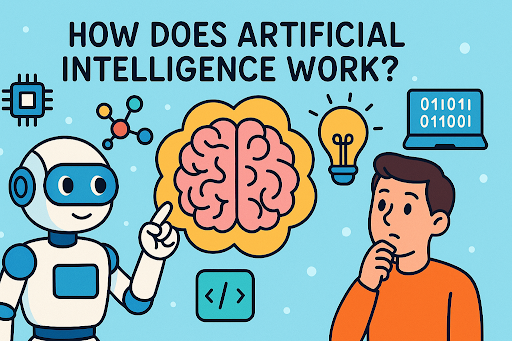
Ever wondered how does artificial intelligence works and why it’s revolutionizing industries like cybersecurity, healthcare, and finance? From facial recognition to autonomous vehicles, AI is transforming the digital world at a breakneck speed. In fact, 91% of top businesses are already investing in AI solutions to stay competitive. But beneath all the buzz, how does it really function?
This blog will guide you through the inner workings of AI, complete with real-world artificial intelligence examples, an AI works diagram, and breakdowns of how AI operates on your computer and beyond.
What Is Artificial Intelligence?
At its core, artificial intelligence (AI) refers to the simulation of human intelligence in machines. These machines are designed to think, learn, and adapt like humans—but with the speed and precision of computers. Whether it’s recommending a movie or detecting a cybersecurity threat, AI is everywhere.
The Core Components of AI
Understanding how artificial intelligence works begins with its foundational elements:
1. Data Collection
AI systems feed on data. This includes structured data (like spreadsheets) and unstructured data (like text or images). The more quality data the system has, the better its performance.
2. Preprocessing
Data is cleaned and transformed for analysis. Outliers, duplicates, and inconsistencies are removed to ensure accurate predictions.
3. Algorithm Selection
Depending on the task—classification, regression, clustering—different machine learning algorithms (like decision trees, neural networks, or support vector machines) are chosen.
4. Model Training
Using historical data, the algorithm learns patterns and relationships. This is where “learning” in machine learning happens.
5. Evaluation & Testing
The model is tested using unseen data to measure accuracy, precision, and recall.
6. Deployment
Once validated, the model is deployed into real-world systems like fraud detection apps or autonomous vehicles.
AI Work in Computers and Cybersecurity
You might be surprised to learn how deeply AI is integrated into your computer systems. Here’s how:
- Threat Detection: AI analyzes network traffic to detect anomalies and potential cyberattacks.
- Spam Filtering: Email clients use AI to sort spam with near-perfect accuracy.
- Malware Prediction: AI anticipates malware threats by identifying abnormal behavior patterns.
In cybersecurity, AI isn’t just helpful—it’s essential.
Artificial Intelligence With Examples
Let’s bring this concept to life with real-world AI applications:
| Industry | AI Example |
| Cybersecurity | Threat hunting and anomaly detection |
| Finance | Credit scoring and fraud detection |
| Healthcare | Image-based diagnostics (e.g., MRIs) |
| Retail | Personalized product recommendations |
| Transportation | Self-driving car navigation systems |
Benefits of AI in Today’s World
- Speed and Accuracy – AI can analyze massive data sets in seconds.
- Automation – Repetitive tasks like data entry can be handled by AI.
- Predictive Insights – AI anticipates future outcomes using current data trends.
Challenges and Ethical Concerns
- Bias in Data – Poorly curated data can lead to unfair AI decisions.
- Lack of Transparency – “Black box” algorithms can be difficult to interpret.
- Job Displacement – Automation may replace repetitive job roles.
Best Practices When Using AI
- Ensure Data Quality: Clean and relevant data is crucial.
- Select the Right Tools: Use appropriate AI frameworks and models.
- Continuously Monitor: AI models must be retrained and evaluated regularly.
- Stay Ethical: Follow ethical AI guidelines and promote transparency.
How Does Artificial Intelligence Work: A Visual Guide
Refer to the above AI works diagram for a simplified flow from data collection to deployment. It outlines the typical stages an AI project undergoes.
FAQs: How Does Artificial Intelligence Work?
1. What is artificial intelligence with examples?
AI refers to machines performing tasks that typically require human intelligence. Examples include virtual assistants, recommendation engines, and fraud detection systems.
2. How does AI work in a computer?
AI uses data, algorithms, and processing power to analyze patterns and make decisions. In computers, it powers features like facial recognition, speech-to-text, and cybersecurity tools.
3. What is the easiest way to understand AI?
Think of AI as a very fast and smart assistant that can learn from data, identify patterns, and make decisions with minimal human input.
4. Can AI replace human jobs?
AI can automate repetitive tasks, but it also creates new opportunities in development, analysis, and AI governance.
5. Is AI used in cybersecurity?
Absolutely. AI is used to detect threats, analyze logs, and respond to cyberattacks in real time—often faster than human analysts.
Final Thoughts
Understanding how artificial intelligence works is no longer just for techies. With AI rapidly reshaping industries, knowing its mechanics can help you innovate, safeguard systems, and future-proof your business. Whether you’re implementing AI for cybersecurity or using it to streamline operations, knowledge is power.
🚀 Ready to Enhance Your Security Stack with AI?
Discover how Xcitium uses AI-driven solutions to protect your organization from advanced threats.




